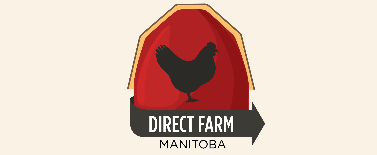by David Dawson
Thanks to the many readers who commented very favourably on the recent article on different people’s priorities – jobs, the environment or the economy. As a follow-up, readers might like to consider the following.
At the Copenhagen Climate Conference in 2009, 114 countries agreed that it was essential to limit global warming to a maximum of 2 degrees Celsius. We have already increased the average world temperatures by 0.8 degrees and the effects are obvious. There are huge reductions in summer sea ice in the Arctic: the seas are rising and there are wildfires and extreme weather events of all kinds all over the world. Warm air holds more moisture than cold air so the atmosphere over the oceans is a lot wetter making heavy rainfall and devastating flooding more likely. Carbon dioxide (CO2) is absorbed into water making the water more acidic by the formation of carbonic acid, and the acidified waters impact all creatures that live in water.
One of the problems is that there is a considerable time-lag between increased CO2 in the atmosphere and the increase in global warming. Even if we immediately stopped releasing more CO2 into the atmosphere, what has recently been released, but has not yet taken effect, will increase the temperature by at least another 0.8 degrees. That makes a minimum of 1.6 degrees, which is getting close to the unsafe maximum of 2 degrees.
At this Copenhagen Conference 350 parts per million of CO2 in the atmosphere was considered to be a relatively safe upper limit but already we are seeing levels of 400 ppm. There are enough known reserves of oil, gas and coal in the world to produce 2795 billion tons of carbon. Burning 595 billion tons of this will take us to the maximum ‘safe’ 2-degree increase in world temperatures and at current rates of consumption that will happen by 2030 – or sooner as China and India consume more. Think about it. By the time today’s kindergarten children are finishing high school the world will be a different place, especially as the oil companies are showing no signs of stopping their pumps once the 595 billion tons has been extracted. It can only get worse after that.
What are we as a society doing about it, either individually or at the various government levels? Unfortunately there are people amongst us who cannot accept what thousands of scientists are saying as they doggedly refuse to believe the evidence, citing crank ‘scientists’ sponsored by the oil industry. Jobs and the economy are receiving all the priority from our so-called leaders with mere lip service to the long-term survivability of the environment as we know it. So, what can you individually do about it? Firstly, think about it and understand how serious the situation is. Secondly discuss it with your friends and family. And finally, make a little effort and do something – write to your MP Vic Toews or your member of the Manitoba Legislature (Kelvin Goertzen for example). Join an organisation of like-minded concerned people such as South East Transition Initiative. But, please, don’t just read this and sit on the fence saying that you will leave it to someone else.
 Thursday, July 4, 2013 at 8:50AM
Thursday, July 4, 2013 at 8:50AM 

